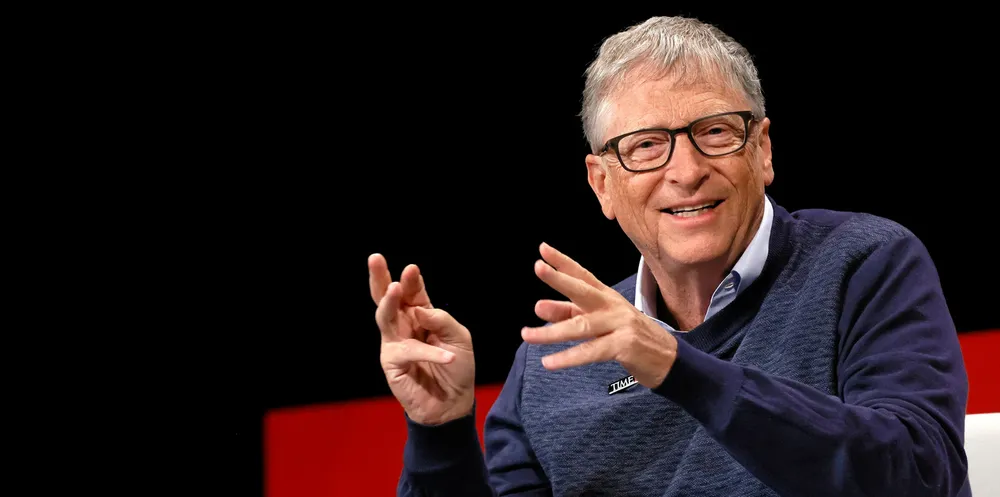'We'll be building better fusion reactors for 10 million years': Bill Gates fund expert
Partner at Microsoft founder's Breakthrough Energy Ventures says emerging technology could be 'more important than industrial revolution' but offers no quick wins for investors
